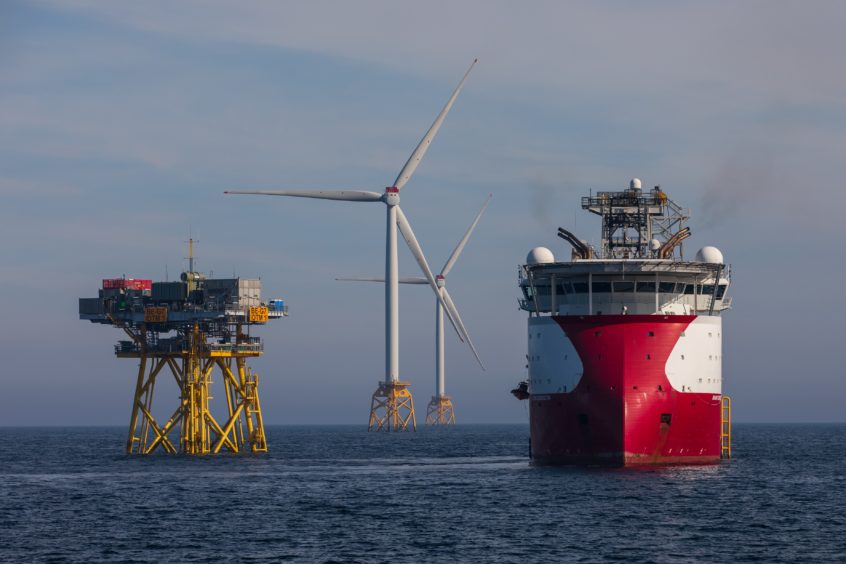
Electricity from renewable energy generation in Scotland has reached record levels in the first quarter of 2019, new figures from the Department for Business, Energy and Industrial Strategy (BEIS) has shown.
According to BEIS, in the first quarter of 2019 renewable generation in Scotland was 8,877 gigawatts (GW) – enough to power around 88% of Scottish households for a year.
The figure is an increase in generation of 17% on the same quarter in 2018.
Scottish energy minister Paul Wheelhouse said: “These figures show Scotland’s renewable energy sector continues to go from strength to strength.
“Last year, we were able to meet the equivalent of almost 74% of our electricity demand from renewable sources, and the first quarter in 2019 shows that positive trend continues.
“We are seeing the growing importance of offshore wind, with capacity and generation both continuing to rise – with further projects under construction.
“I am delighted that installed capacity grew by 9.1% to reach a record 11.3 GW by March this year.”
In Scotland, the new Beatrice Offshore Windfarm is one of the biggest projects in Scottish infrastructure history, while Orkney-based Orbital Marine Power’s tidal turbine smashed all industry records last year.
Big developments are also due to take shape with the Moray East Offshore Windfarm, the Kincardine floating wind project and Simec Atlantis Energy’s MeyGen tidal array at various stages of planning, construction or expansion.
Kevin Stewart, SNP MPS for Aberdeen: said: “Scotland is leading the way in renewable energy and these record figures are in spite of a UK Government which has cut research into green technologies and has slashed funding to renewable energy.
“Just off our coastline are some of the most powerful wind turbines in the world demonstrating we can both invest in our oil and gas industry while also pursuing world leading climate change targets.”
Claire Mack, chief executive of Scottish Renewables, added: “Scotland’s renewable energy industry employs 17,700 people, and with the right support from government can continue to deliver enormous economic benefits as we transition to a low-carbon energy system and strive to achieve net-zero emissions by 2045.”
Recommended for you
